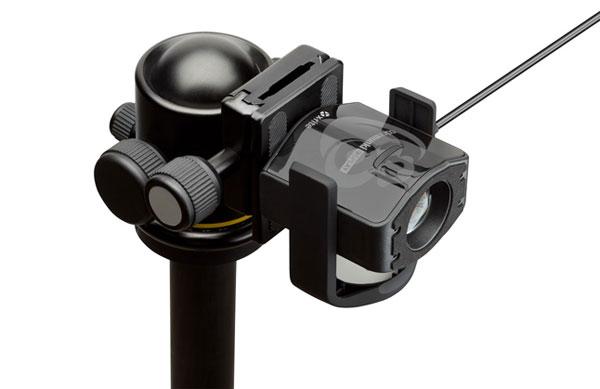DIY Calibration

Doug Pennell
According to Josh Kairoff of Display Engineering and a consultant to Datacolor, maker of the Spyder3TV, this product is intended to aid consumers in setting the basic picture controls—brightness, contrast, color, and tint—rather than provide an accurate grayscale calibration. It's also intended as an educational tool to help consumers understand the basics of good video imagery.
On the other hand, Gregg Loewen, who helped develop the Spyder system, says it was designed for grayscale calibration as well. It has worked pretty well in his experience as a calibrator and calibration instructor, but he admits he has not tested it for accuracy lately.
I haven't used the Spyder3TV myself, but from what I've heard from most of my sources, it's not suitable for calibrating the grayscale of a TV. To get decent results in that process, you need to spend a lot more than $100 on a colorimeter, of which there are two types—tristimulus and spectroradiometer. A tristimulus colorimeter such as the Spyder3TV is sensitive to specific colors of red, green, and blue, so if a display uses different RGB colors, the meter's software needs accurate offsets to adjust for that.
On the other hand, a spectroradiometer is sensitive to a wide range of colors, which makes it generally more accurate with a variety of display types. The least expensive spectroradiometer is the X-Rite ColorMunki Display (seen here in its tripod mount), which costs around $500.
Of course, you can spend thousands or even tens of thousands of dollars on a spectroradiometer such as the Konica Minolta CS-200 and Photo Research PR-650 we use for our display reviews. And don't forget that a good grayscale calibration also requires some significant training to know what you're doing.
The good news is that many modern flat panels perform fairly well when you select the Movie or Cinema picture mode and adjust the brightness and contrast controls using a setup disc like Spears & Munsil's High-Definition Benchmark, Disney's Wow, or the THX Optimizer feature found on all THX-certified DVDs and Blu-rays. Optimizing these basic controls in the Movie or Cinema picture mode will usually get you better results than trying to do a full grayscale calibration with an inaccurate colorimeter.
Regarding the TC-P54G25 specifically, it has no Movie or Cinema picture mode when displaying 2D material; instead, it provides a THX mode, which should be the most accurate picture mode. (In 3D mode, THX mode becomes Cinema mode, and it cannot be calibrated separately.) Tom Norton reviewed the 50-inch version for Home Theater, and he found that the THX mode was surprisingly incorrect and could be improved with calibration; see his measurement and calibration results here. But I don't think you'll get the results he did using something like a Spyder3TV—the computer might indicate a good result, but the picture itself could well look worse.
If you have an A/V question, please send it to askscottwilkinson@gmail.com.
- Log in or register to post comments

























































